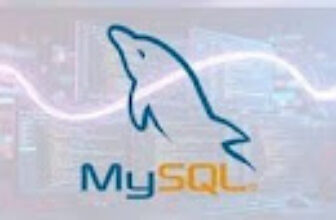
Python for Scientific Research
Requirements
-
No prior programming experience is required
Description
Are you looking for a powerful and versatile tool to enhance your research capabilities? This course is your gateway to mastering Python for scientific research, where you’ll learn through real-world examples across various fields.
As an Assistant Professor of Remote Sensing and a Senior GBD Collaborator with over a decade of experience in Python, R programming, and Big Data, I am excited to guide you on this journey. With a Ph.D. in Geography (Remote Sensing) and over 60 peer-reviewed publications, I bring extensive expertise in data analysis, remote sensing, and climate studies to help you excel.
In this course, you’ll gain hands-on experience in:
- Data Manipulation: Learn to import, export, and manipulate data efficiently using Python.
- Statistical Analysis: Master techniques like descriptive statistics, multi-correlation, ANOVA, and t-tests.
- Graph Creation: Create basic, advanced, and animated graphs to visualize your research findings.
This course is designed to not only make you proficient in Python but also empower you to use your creativity in data processing and analysis. Unlike restrictive software like SPSS or Excel, Python offers unlimited possibilities, allowing you to tailor your research tools to your specific needs.
Each lecture is crafted to provide you with actionable insights that you can apply immediately in your research. By the end of the course, you’ll be able to confidently use Jupyter Notebook for scientific research and develop custom Python scripts to tackle complex research challenges.
Take the first step towards elevating your research with Python. Enroll today, and let’s unlock the full potential of your research capabilities together.
Sincerely,
Assist. Prof. Azad Rasul
Who this course is for:
- Researchers and students who are attempting to efficiently use Python programming for their scientific research.




